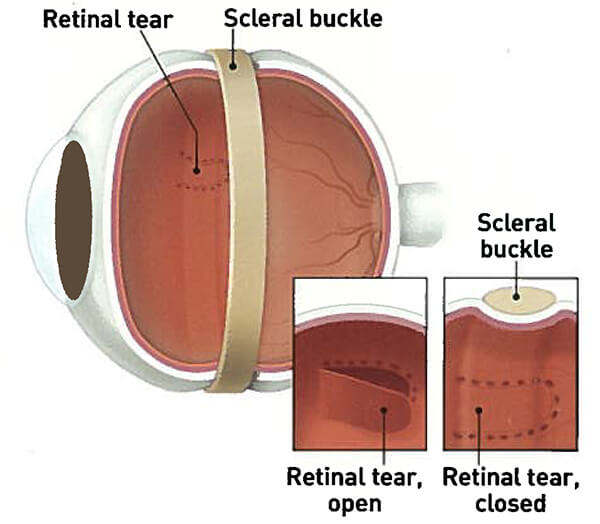

Your retina specialist will perform a detailed eye exam, including a careful examination of the peripheral retina. If the central retina is detached prior to surgery, successful re-attachment often leads to vision improvement, though some degree of permanent vision loss may occur. In general, when the center of the retina has not detached before surgery, the post-operative vision tends to be similar to the pre-operative vision. The visual results depend on each patient’s pre-operative vision and other factors that differ between individual patients. In general, retinal detachment repairs succeed in about 9 out of 10 cases, though sometimes more than one procedure is required to successfully put the retina back into place. This is generally appropriate for small detachments.īased on the characteristics of the detachment, a retina specialist can determine which approach is most suitable. Laser surgery-In certain cases, a retinal detachment can be walled off with laser to prevent the retinal detachment from spreading.The tear itself is sealed either with a freezing treatment at the time of the procedure, or with laser after the retina is re-attached.


Pneumatic retinopexy-In this office-based procedure, a gas bubble is injected into the eye and the patient maintains a specific head posture to position the gas bubble over the retinal tear.The eye is then filled with a gas bubble to hold the retina in place while it heals. The surgeon may then use a laser or cryopexy to seal the retinal tears or holes. Vitrectomy-In this surgery, three small incisions are made in the white part of the eye and fine instruments are manipulated using an operating microscope to remove the vitreous gel that fills the eye and drain the fluid from under the retina.The fluid under the retina is sometimes removed at the time of surgery. The tear is treated with a freezing treatment to induce controlled scarring around the tear and permanently seal it. Scleral buckle-In this surgery, a silicone band is placed outside the eye wall to push the wall of the eye closer to the retinal tear in order to close the tear.Several approaches can be employed to repair a retinal detachment: The goal of treatment is to re-attach the retina to the back wall of the eye and seal the tears or holes that caused the retinal detachment. Previous eye surgery such as cataract surgery.Family history of retinal tears or retinal detachment.Lattice degeneration (thinning in the peripheral retina, or the area outside of the central retina.).Risk factors for developing a rhegmatogenous retinal detachment include This type of retinal detachment is much less common and can occur in eyes with abnormal inflammation or excessive leakage from abnormal blood vessels.



 0 kommentar(er)
0 kommentar(er)
